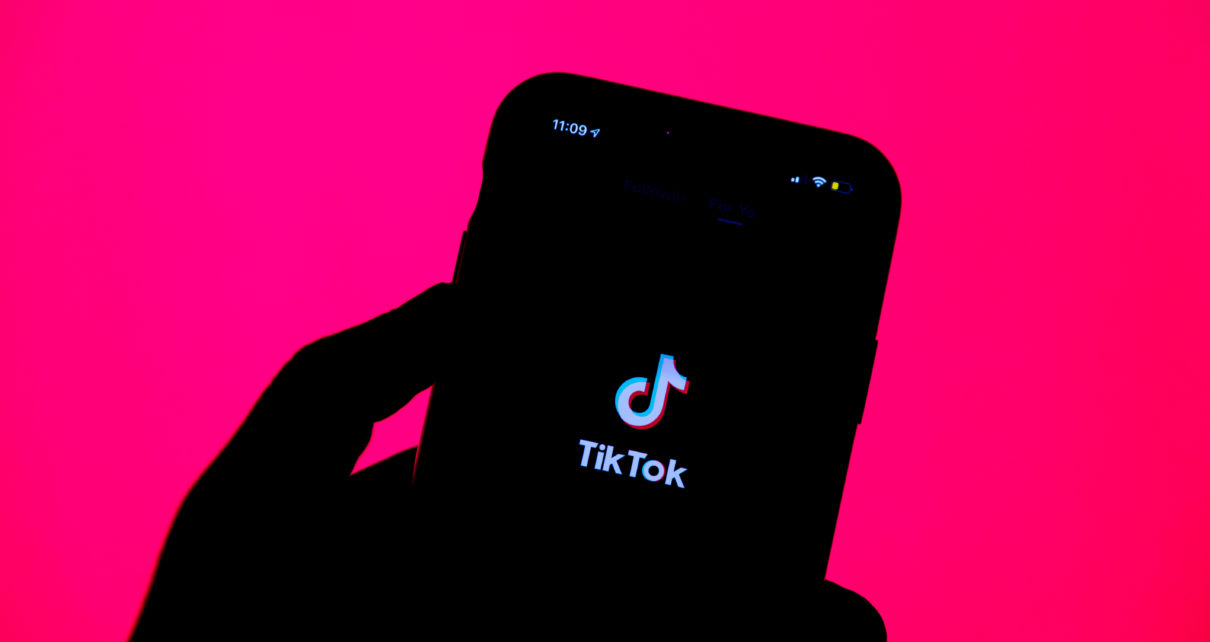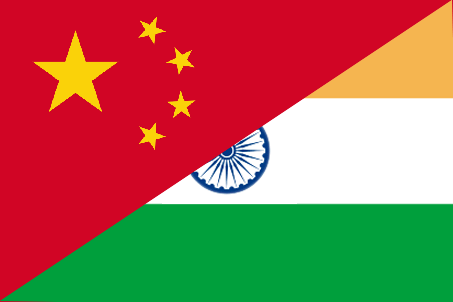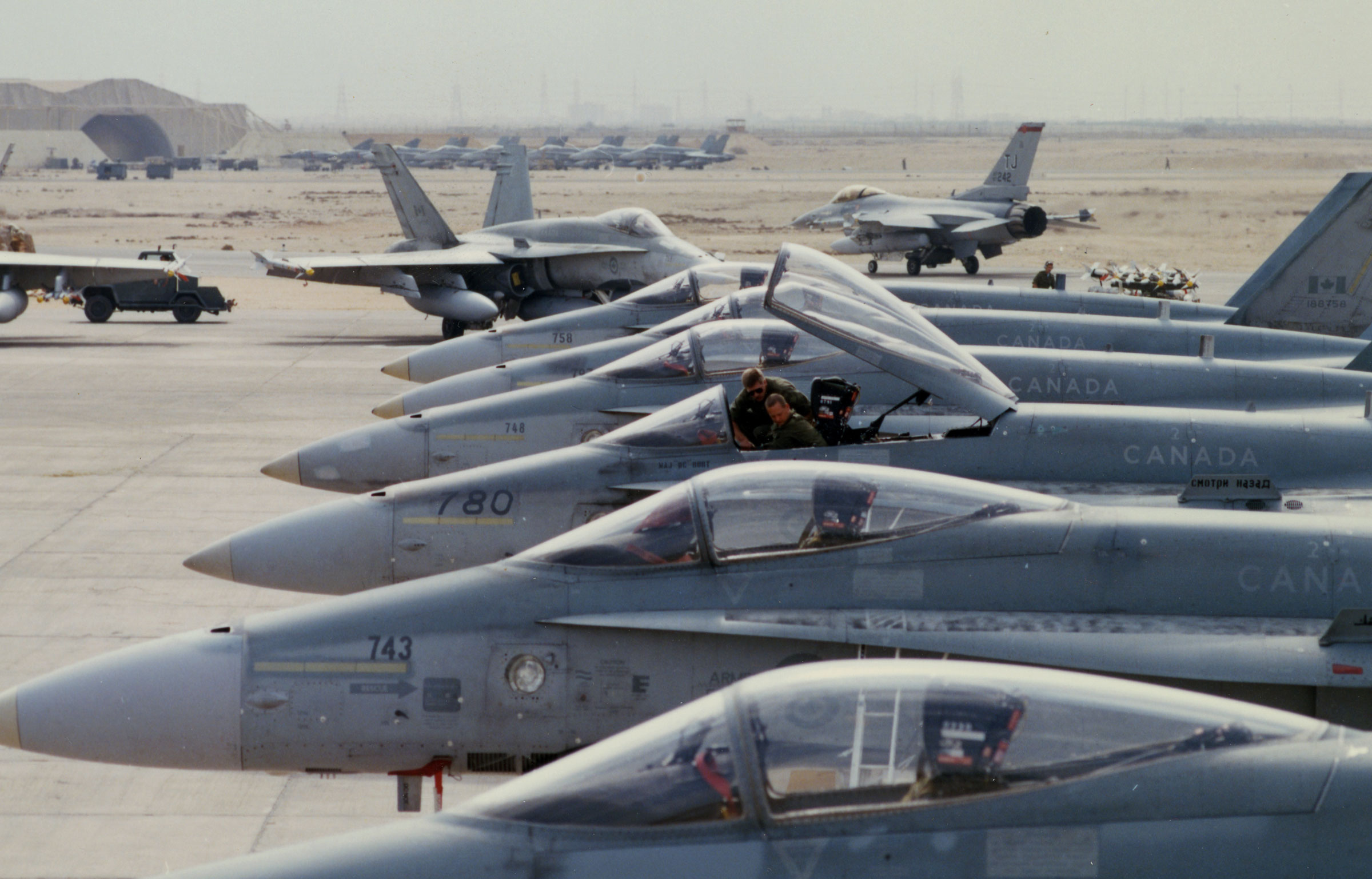Prompted by the lockdowns of 2020, TikTok has grown to become one of the most significant social media platforms in the world, having been downloaded nearly 3 billion times despite being banned in major countries such as India, and is worth nearly $44 billion USD. Its ubiquity has also allowed it to nearly monopolize internet culture through its network of dedicated influencers that produce countless hours of content, ranging from dance trends to beauty advice to war reporting. As a result, TikTok has effectively utilized the effects of the social media revolution to bolster disinformation’s reach while also acting as an outlet for the human face of conflict.
The rise of social media over the past two decades has been the result of the culmination of a series of technological, political, and cultural innovations that have served to transform the means and methods through which information is shared. From the internet’s founding as a method to communicate between large research institutions funded by the US government to the rise of nearly ubiquitous social messaging sites such as Meta, Google, and ByteDance, social media has emerged as the outgrowth of a technological revolution. The emergence and development of these networks has also been aided by another technological innovation, smartphones, which include the capability to access the internet as well as capture video, allowing for the democratization of real-time documentation. These technological innovations have also bolstered and benefited from a culture that prioritizes novelty, progress, and instantaneous gratification, all of which social media is designed to provide through its reliance on constantly updating personalized feeds of information. TikTok’s growth has been aided by its intensification of these trends, contributing to its rapid rise in influence.
Since the pandemic began in March of 2020, the social media outlet TikTok has risen dramatically in popularity, becoming a fixture in the media landscape through a combination of circumstance and innovation. Created by Chinese technology company ByteDance, TikTok is populated by short looping video clips produced by its users that are then shared to its broader network. As with its predecessors, particularly Vine, TikTok is largely dominated by young people, with an estimated 75 per cent of users being under the age of 35. After debuting in 2016, TikTok’s growth in the Western market was largely prompted by the pandemic, as widespread lockdowns drove an increase in social media use. TikTok’s growth has also been driven by the app’s design, including its reliance on artificial intelligence algorithms that populate users’ feeds with curated content and the influential nature of its videos as a form of media, particularly due to their brevity and high rate of turnover. Revealed after US lawmakers raised concerns over ByteDance’s business practices, TikTok has claimed that its algorithms rely on a series of “strong” and “weak” indicators such as the types of videos consumed or shared by users, their language preferences, and their device type. Combined with the potency of video as a form of media due to its ability to easily attract interest while being adaptable to fit limited attention spans, TikTok’s rise has demonstrated both the success of its business model and its influence on war reporting.
In a reflection of the changes within the information space, TikTok has become a significant platform for the dissemination of disinformation during the Russo-Ukrainian war. As the media landscape has become simultaneously democratized and fractured in the social media era, and coupled with limitations on traditional reporting due to the dangers presented by the heavy and often-shifting fighting, TikTok has become one of the primary outlets for information related to the conflict. This information ranges from the relatively banal, such as cooking breakfast in a bomb shelter, to insinuating that prior events such as old footage of Ukrainian military parades portrayed current fighting in Kiev.
While this development has offered Ukrainians an avenue to express their humanity to a global audience and highlighted the human cost of war, it has also allowed for misinformed and malevolent actors to become established within the information space. Falsified livestreams allegedly from the conflict’s frontlines have become a routine occurrence on TikTok, with users utilizing footage generated by video games and previous conflicts to bolster their supposed authenticity. Other false accounts continue to propagate the Kremlin’s official propaganda, including the lie that Ukraine is ruled by a neo-Nazi government and that the US has funded bio-weapons labs in Ukraine while also having orchestrated the 2014 Ukrainian revolution. In effect, these falsehoods have become more harmful as they have been effectively dispersed by TikTok due to its addictive nature and the short length of its clips, which limits users’ ability to discern the validity of a video’s content.
While much of TikTok’s content is harmless amusement created during a generation-defining catastrophe, its role in spreading disinformation during the Russo-Ukrainian war remains a pressing issue. TikTok’s reach and influence, particularly among young people, highlights that its content may have an outsized impact on the long-term future of the West’s response to an era of renewed great power competition. However, TikTok’s rise has not affected as much as mirrored the contours of the contemporary information space, particularly its reliance on speed, reach, and automation. Although it has contributed to these issues, it appears as though the platform is merely a messenger.
Image copyright: “TikTok” by Solen Feyissa via Flickr. Licensed under CC BY-SA 2.0.
Disclaimer: Any views or opinions expressed in articles are solely those of the authors and do not necessarily represent the views of the NATO Association of Canada.




